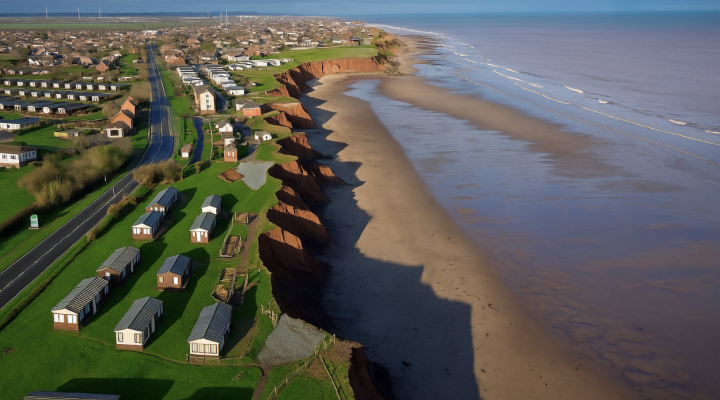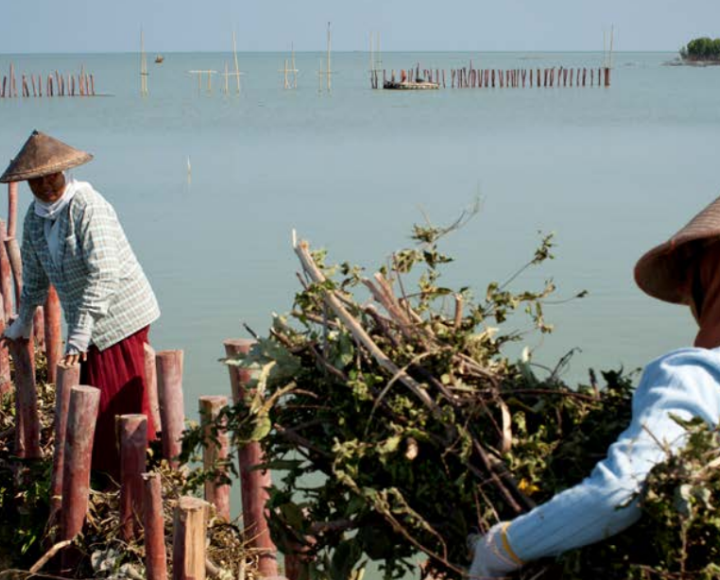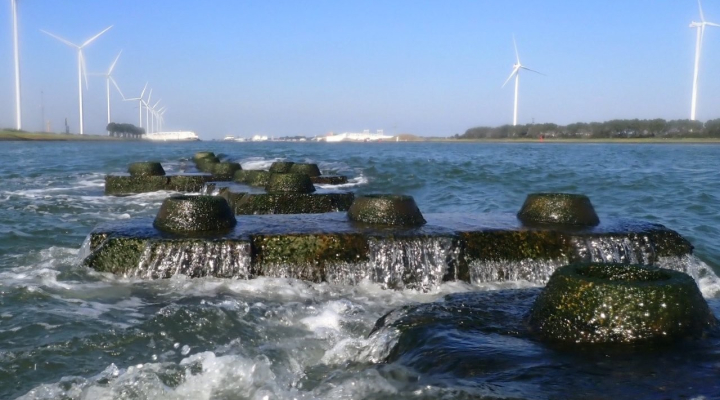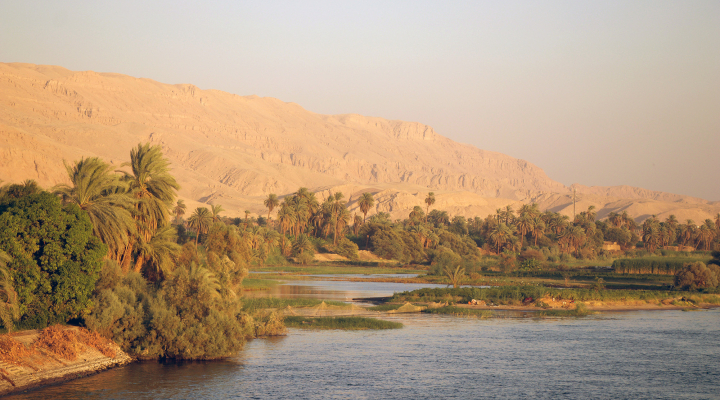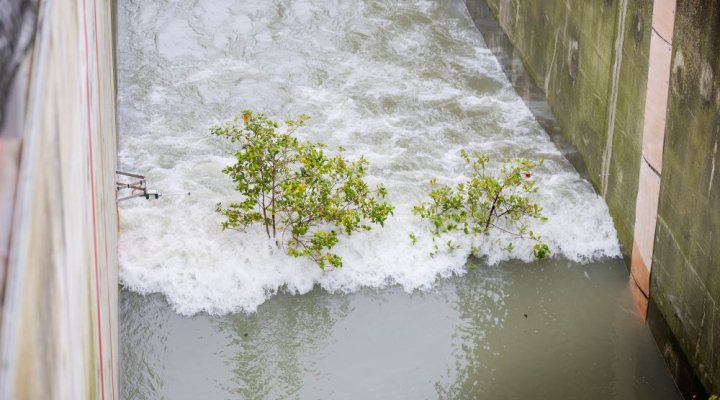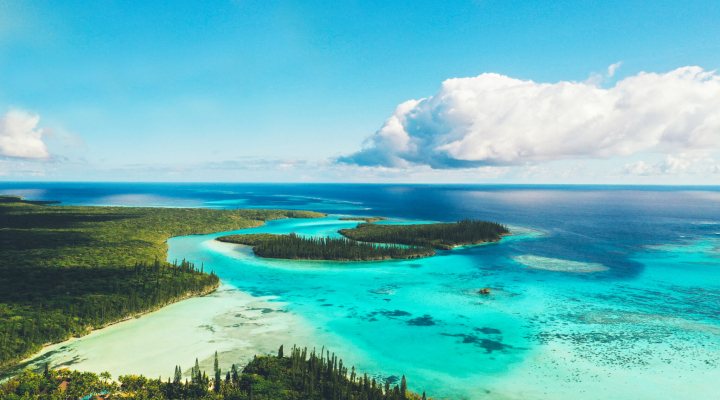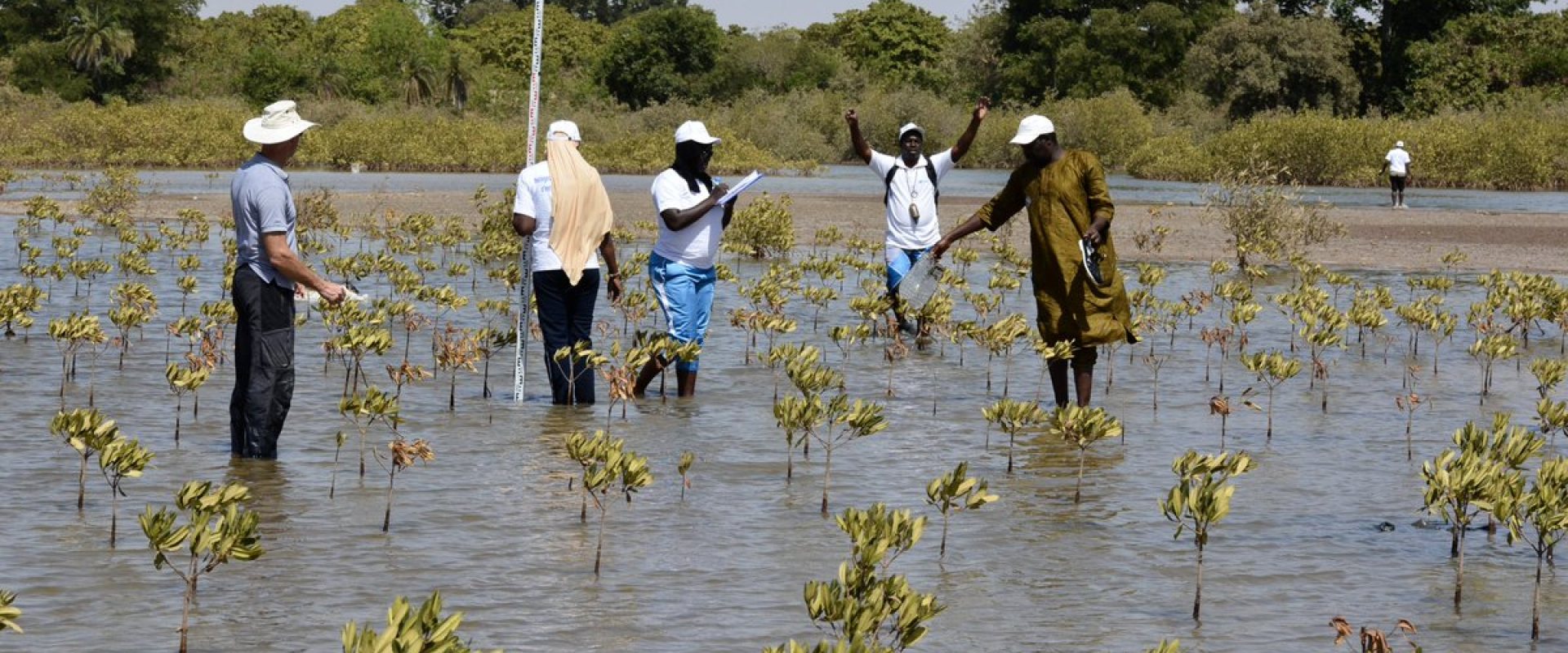
Mangrove communities learn to value biodiversity and coastal protection in Rufiji river delta, Tanzania
Wetlands International organised a two-phase workshop for the mangrove community in the Rufiji river deltas in Tanzania. Together with local rice farmers the options were explored to combine the rice production with the restoration of the coastal mangroves.
An important element of the workshop was to sensitise the local community on the importance of mangroves when it comes to biodiversity and the protection against flood and salt intrusion.
Both rice production and mangroves depend on fresh water and this makes the combating of salt intrusion a common goal.
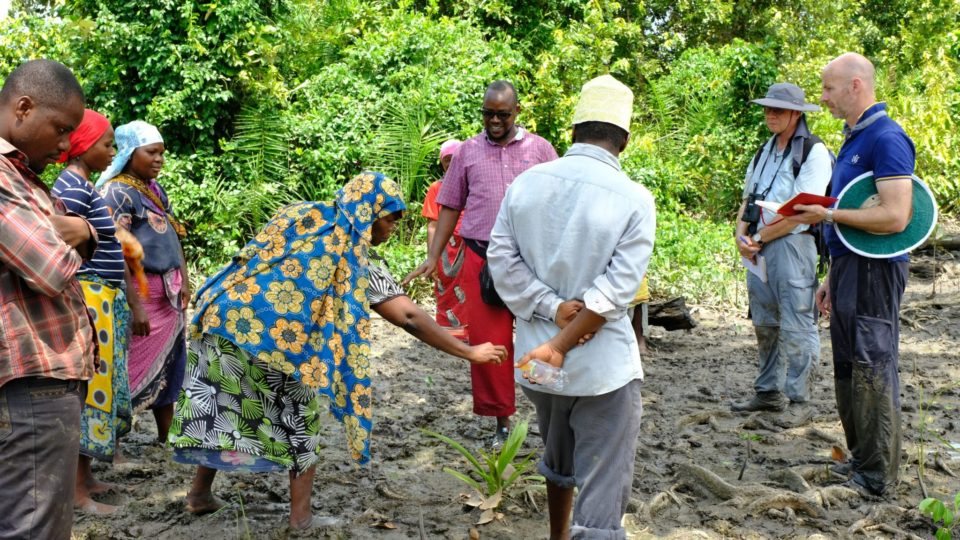

More than just planting trees
Mangrove restoration is not just planting one or two mangrove species in straight lines – it’s much more complex than that. This writes technical officer Menno de Boer of Wetlands International in his blog on the website of the Global Mangrove Alliance. In his blog he reports on the workshop in Kibiti.
The Community-Based Ecological Mangrove Restoration (CBEMR) training took place earlier this year and the 28 participants were informed on the importance of biodiversity when regenerating coastal mangroves.
According to De Boer, all too frequently, restoration projects move straight into building a mangrove nursery and planting before understanding the issues related to the project site. These projects often fail.
Bountiful living space
The training made the participants to understand the complexity of mangrove restoration, including site hydrology, soil elevation relative to sea level, pressures on the mangroves and why a site is not naturally regenerating.
The mangrove ecosystem in the Rufiji delta provides a bountiful living space for many iconic species, ranging from fish, migratory water birds, sea turtles nesting on beaches secured by mangrove roots, crabs and shrimp that thrive in mangrove shallows, and wildlife.
However, De Boer writes in his blog, despite the huge value of mangroves in the Rufiji delta, they are being heavily exploited and degraded.
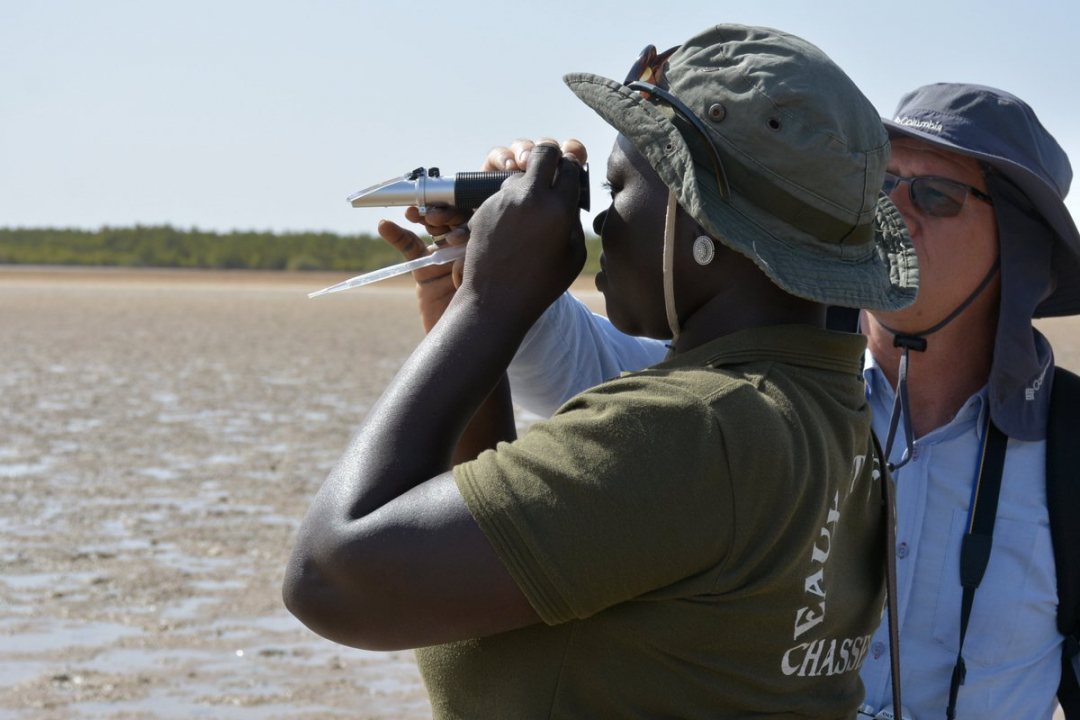

Mitigation of stressors
The training addressed the mitigating mangrove stressors and reason why mangroves do not regenerate, before facilitating natural regeneration and monitoring the work for 3-5 years.
Beyond the problem of clearance for rice farming in the delta, the mangroves suffer from over-harvesting of mangroves poles and timber and smothering by climbers which stress big trees and kill off juvenile plants and natural regeneration.
Role of rice farmers
Rice farming within this part of the delta was possible because the salinity of the water was so low, which also encouraged the mangroves to grow rapidly, Den Boer continues.
The combined group explored what conditions and resources the government would have to provide to stop any further encroachment, incentive the farmers to restore the land they had cleared of mangroves, and eventually encourage the farmers to move inland to farm in more appropriate areas.
Discussions included the need to offer alternative livelihood options that would reduce the mangrove clearance. To encourage discussion of this option, the trainers presented case studies from Thailand documenting community honey production in mangrove-based villages. Representatives from different countries who attended the training also shared lessons learned from their own projects, successes and challenges.
MAP programme
The workshop was part of Mangrove Capital Africa (MAP) programme that is led by Wetlands International. The programme seeks to empower local communities to restore and steward their mangroves while deriving sustainable mangrove-based livelihoods. The workshop in Tanzania was based on the Community-Based Ecological Mangrove Restoration (CBEMR) method, and included participants from Kenya, Mozambique and Madagascar.




